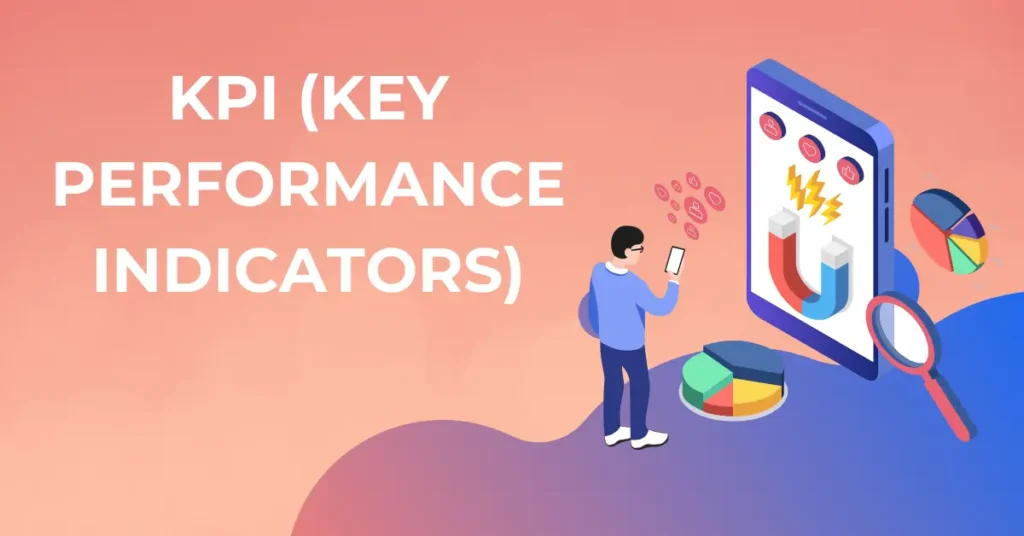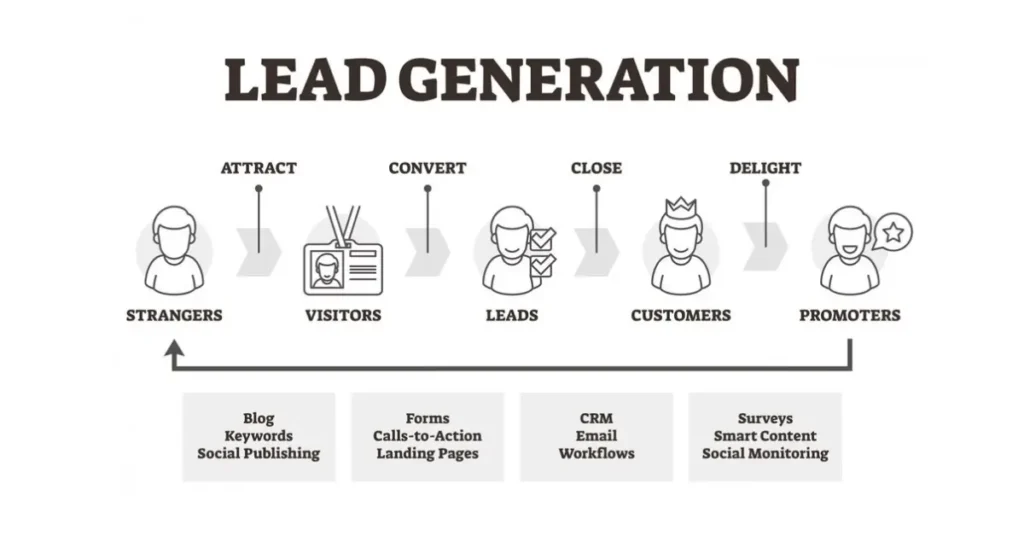In the world of search engine optimization (SEO), there are several important metrics that professionals use to evaluate the effectiveness of their campaigns. Two of these metrics are Domain Authority (DA) and Domain Rating (DR). While they may sound similar, they have distinct definitions and purposes. In this article, we will explore what DR is and why it matters in SEO.
What is Domain Rating (DR)?
Domain Rating, also known as DR, is a ranking metric developed by Ahrefs, a popular SEO tool. It measures the strength of a website’s backlink profile on a scale of 1 to 100. Essentially, DR evaluates the quantity and quality of backlinks pointing to a domain.
Backlinks are incoming links from other websites to a specific website. They serve as votes of confidence from other sites, indicating that the linked website is a reliable and valuable resource. When a website has a higher number of quality backlinks, its DR score increases.
The Importance of Domain Rating (DR)
DR is an essential metric in SEO because it provides insights into a website’s link popularity and its ability to drive organic traffic from search engines. While DR itself does not directly impact a website’s ranking on search engine results pages (SERPs), it correlates with other factors that search engines like Google consider when determining rankings.
Search engines, including Google, consider backlinks as a crucial factor in determining a website’s authority and relevance. Websites with a strong backlink profile, indicated by a high DR, are more likely to rank higher in search results. Therefore, having a high DR can indirectly contribute to better search engine rankings and increased visibility for a website.
How is Domain Rating (DR) Calculated?
Ahrefs calculates DR by analyzing various factors related to a website’s backlink profile. These factors include the number of unique domains linking to the website, the DR values of those linking domains, and the distinction between dofollow and nofollow links.
DR calculations are not solely based on the quantity of backlinks, but also take the quality of those backlinks into account. A backlink from a high-authority and relevant website carries more weight in DR calculations compared to one from a low-quality or unrelated site.
It’s important to note that DR is calculated at the domain level, meaning it assesses the overall backlink profile of a website rather than individual pages. This distinction is important when comparing DR to another metric called URL Rating (UR), which evaluates the backlink profile of specific pages.
Is Having a High Domain Rating (DR) Important?
While having a high DR is generally considered positive, it’s crucial not to solely focus on this metric when evaluating a website’s performance. DR should be used as a comparative indicator rather than an absolute measure of a website’s quality or ranking potential.
To gain a comprehensive understanding of website performance, it’s essential to consider other factors such as content quality, user experience, technical SEO elements, and overall relevance to the target audience. These factors, along with a strong backlink profile reflected in a high DR, contribute to a website’s overall success in search engine rankings.
Other Ways to Measure Website Authority
While DR is a valuable metric, it’s not the only measure of a website’s authority. Other metrics, such as Domain Authority (DA), Page Authority (PA), Trust Flow (TF), and Citation Flow (CF), provide additional insights into a website’s overall power and ranking potential.
Domain Authority, developed by Moz, is a metric similar to DR that predicts a website’s likelihood of ranking on SERPs. It considers various factors, including linking root domains, the quality of incoming and outgoing links, and the age of the domain. DA provides an additional perspective on a website’s authority and can be used in conjunction with DR for a more comprehensive analysis.
How to Improve Your Domain Rating (DR)
Improving your website’s DR involves a combination of strategic SEO practices and focusing on factors that contribute to a strong backlink profile. Here are six effective ways to boost your Domain Rating:
1. Create High-Quality Content
Content is a crucial element in attracting backlinks and improving DR. Focus on creating informative, well-written, and valuable content that addresses your target audience’s needs and interests. By providing valuable resources, you increase the likelihood of other websites linking to your content.
2. Build a Strong Internal Linking Structure
Internal linking refers to linking to other relevant articles or pages within your own website. This practice not only helps search engines crawl your site more effectively but also enhances the user experience by guiding visitors to related content. By implementing a robust internal linking strategy, you can improve your website’s overall authority and DR.
3. Optimize Your Website Structure
Organizing your articles and blog posts with clear headings and subheadings not only improves readability but also helps search engines understand the structure and relevance of your content. By using appropriate heading tags (H2, H3, etc.), you provide search engines with valuable information about the hierarchy and organization of your content, ultimately contributing to higher rankings.
4. Engage in Guest Posting
Guest posting involves writing articles for other websites in your industry or niche. By contributing valuable content to reputable websites, you can build relationships, increase your exposure, and earn high-quality backlinks. When guest posting, ensure your content is informative and not overly promotional to maximize its impact on your DR.
5. Focus on Social Signals
Social signals, such as social shares and engagement on platforms like Facebook, Twitter, and LinkedIn, can indirectly impact your website’s DR. Websites with a higher number of social shares and active engagement tend to have a stronger backlink profile and increased visibility. Encourage social sharing of your content to enhance your website’s authority and DR.
6. Consistently Improve Technical SEO
Technical SEO practices, such as optimizing website speed, ensuring mobile-friendliness, and improving overall site performance, contribute to a positive user experience. Search engines prioritize websites that offer a seamless browsing experience, leading to higher rankings and improved DR. Regularly audit and optimize your website’s technical aspects to enhance its authority and DR.
Conclusion
Domain Rating (DR) is a vital metric in SEO that assesses the strength of a website’s backlink profile. While DR itself does not directly impact a website’s rankings, it correlates with other important factors that influence search engine visibility. By focusing on strategic SEO practices, such as creating high-quality content, building a strong backlink profile, and optimizing technical elements, you can improve your website’s Domain Rating and overall search engine performance. Remember to consider DR in conjunction with other metrics and factors to gain a comprehensive understanding of your website’s authority and ranking potential.

















